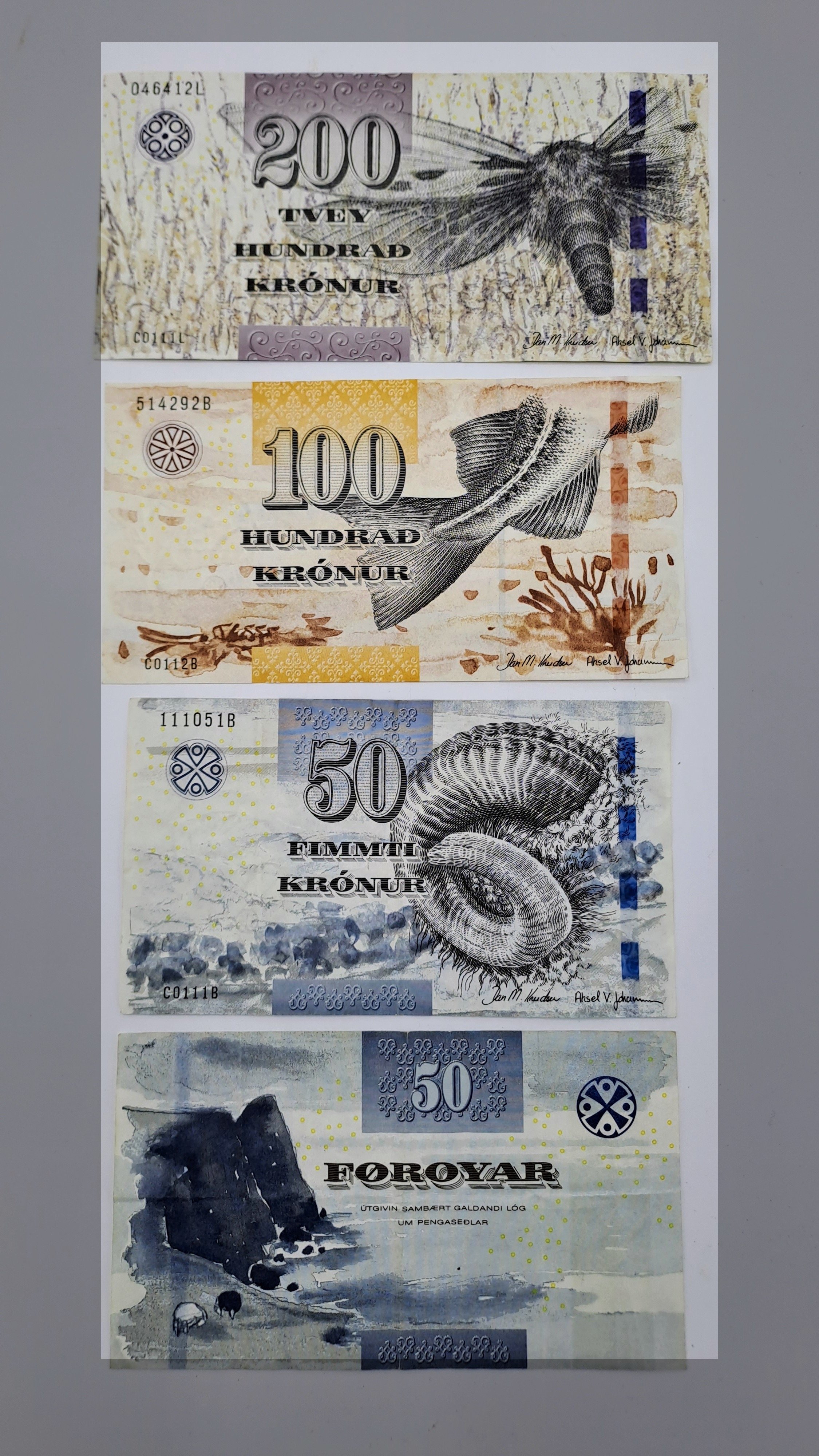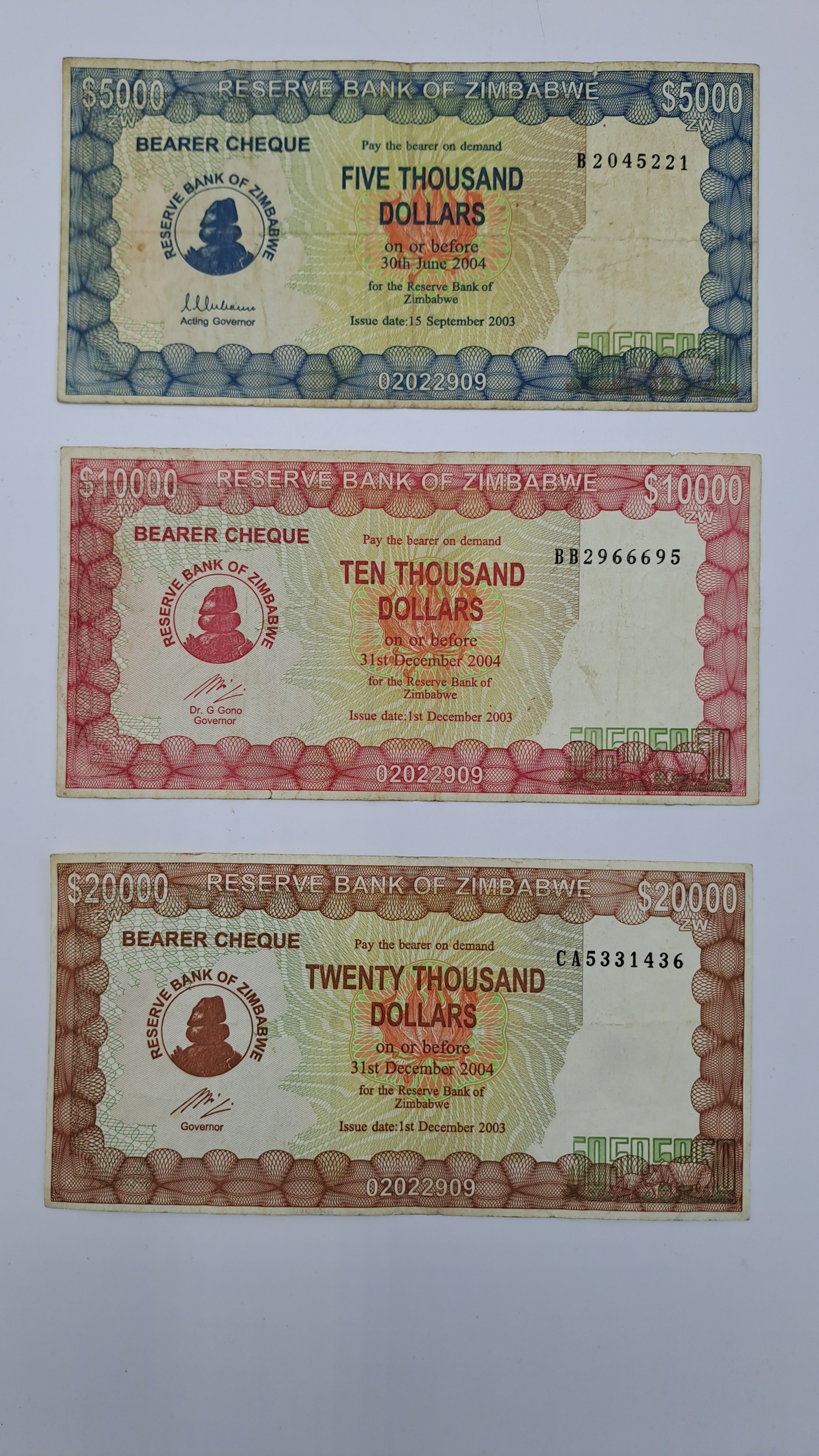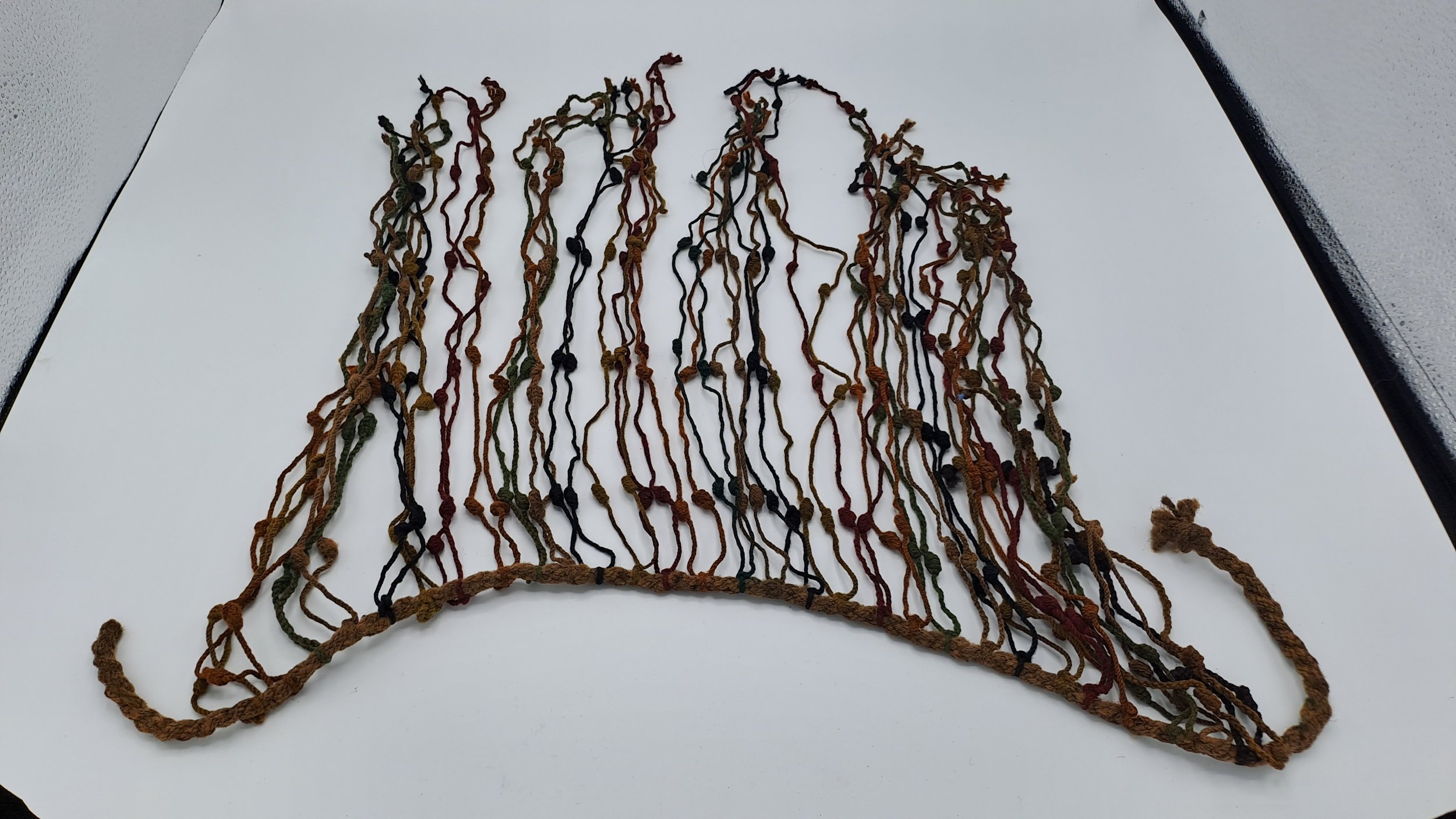
Travel Essentials Coins Banknotes and Currency
“Money Money Money”
Travel Quote
Coins, Banknotes & Currency
One of our worst currency experiences was when much of Europe switched to the Euro in 1999 and all that rich history of the individual countries and their outward facing cultural identities* was erased, along with the colourful and charismatic currencies which represented not only monetary value but the nations “spirit” such as the French Francs, with beautifully illustrated historic characters, or the teutonic order of the German Mark, the Austrian Schilling, or the Italian Lira, and what would travel to Spain have been without a fistful of Pesetas?
*They obviously still have their cultural identities, just not the banknotes that portrayed it. Some of the coins have some national identity, but it is not the same.
You see that bank notes and coins are more than just monetary value, they represent the nations ethos, an outward projection of how they wish to be seen, such as industrial achievements, science or agriculture, Beautiful animal and bird illustrations, and some are just quiet frankly miniature works of art in their own right.
We still love the thrill of crossing boarders and the subsequent (legal) currency exchange. Part of the excitement of travel is the new and unusual and changing up money, trying to figure out how much each notes is worth is part of the fun.
We also love the fact that some countries still call their currency (and its value) by its old name for example in Iran they commonly use the term Toman, although the “Toman" is no longer an official unit of Iranian currency. Iranians commonly express amounts of money and prices of goods in Tomans, rather than in Rials, the official note value. This can catch you out if you are not careful. 1 Toman is 10 Rials.
In the UK we also used to the same, and 10/- d or ten shillings (the equivalent of 50p), was called a ten bob note. A shilling being a bob. A sixpence was a tanner, and three pence - thrup’ence or a thrupenny bit. The Americans still use their currency slang with nickels and dimes. Regional ‘Modern” currency slang also exists, in the form of modern “Cockney rhyming slang” - a device once used so market traders could talk without the Police or non enlightened public understanding them. In modern slang a £5 or five pound note, or “fiver” for short. In cockney rhyming slang this becomes a Lady Godiva (Rhymns with fiver). Ayrton Senna = tenner, or £10. Older Cockney rhyming slang used Gorilla for £1000 (or often just shortened to a Grand), a ton for a hundred, a monkey was £500 and a Pony £25.
A conversation to buy an old car might go something along the lines of; “I’ll give you a pony for your old motor mate.” (meaning I’ll give you £25) - laughing - “A pony with a monkey on its back and we might be talking” (meaning I want £525)- “Your having a bubble mate, more like a ton, tops” (£100 counter offer and saying you are not being serious. Bubble = laugh).
UK Bank Notes - English, Irish, Welsh, Scottish
Wales
We have an unusual set of Welsh banknotes from the 1970’s featuring various Welsh castles including Cardiff, Conway and Cardiff, with sheep and bull motives. They come in denominations of 5/- (about 25p) and 10/- (50p) £1, £5, £10. They are signed by the treasurer. They are fairly crudely printed on heavy paper, with the obverse featuring the number and a scroll decoration. This is an uncirculated set canceled by the bank in December 1970. Wales does not normally issue its own currency.
Northern Ireland (Ulster)
Issued by the Ulster Bank Ltd in the form of £ sterling, they are legal tender. In modern “plastic” form they are beautifully designed and the £5 features a family on the beach with a little girl running after them, and on the £10 note a plow horse and the patchwork ‘quilt” effect of the British and Irish farming landscape, a throwback to strip farming and land being divided between families. They are notable for their bright colours and flower depictions. A Hare and a Canada goose also make a cameo appearance. We also have a Bank of Ireland £5 Stirling issued in Belfast, featuring the Bushmills distillery.
Ireland (Southern Ireland Eire)
We have Punts, the former currency before Ireland adopted the euro, featuring characters from Irelands past including the £10 note with James Joyce, Irish novelist and poet and the £5 note featuring Catherine Mc.Auley who founded the Sisters of Mercy. The reverse side features the Mise Raifteirí a File by Antoine Ó Raifteirí. This note series also produced a £100 note. They are series C notes from the late 1990s. (1993). They were issued by the central Bank of Ireland.
Scotland
Scotland has had a number of issuing authorities including the Clydesdale bank, Bank of Scotland, The Royal Bank of Scotland and we have representative notes from all three banks. Castle, Stately Homes, Industrial scenes, famous Scottish representatives feature heavily on their notes, and amongst our collection a notable absence of wildlife, which considering Scotland is one of the last true wilderness areas of Britain is surprising. Our collection is common £1, and £5 notes from the 1980’s to 2017. The £5 Bank of Scotland notes features the 15th century bridge, Brig o’Doon, (Bridge over the River Doon), as well as being the setting for one of Rabbie Burn’s most famous works - "Tam o' Shanter".
Some Notes and Coins from the extensive Museum of Travel collection.
Some of our favourite and most beautiful are from the Maldives, Senegal, Papua New Guinea, Egypt, and Ecuador. Several countries have abandoned their own currency and now use US dollars or even Crypto Currencies, such as El Salvador.
~Some notes and stories we have in the Museum collection
-
Many years ago we were trying to buy a Confucius pendant, in a market near the Confucius temple (one of our favourites) in Beijing and we weren’t getting too far with the haggling. We eventually left it, and walked off, moments later the lady came rushing through the market to settle the deal. We paid and both parties were happy? It was only later that I realise we had been haggling over the equivalent of less than quarter of a dollar about 25 pence, still not a lot of money even in the 1990’s. It was just that we didn’t understand the exchange rate of UKP to Yuan and the amount of Yuans seemed a lot at the time. Now I realise that that 25p was probably very important to the seller and maybe the difference between food on the table or not? Now we would just pay the asking price! The item is period, and one of our most prized possessions. We sincerely hope the seller got a fair price from us and was happy with deal. You can find the pendant in the museum collection.
-
We have notes from all over the globe, and no many are not “full” sets or in pristine order, but just a representation of the country at the time of our visit. Some are quite frankly disgustingly dirty, but I guess that too is part of the story. It is sometime hard to get a set, and often we have been thwarted by fellow travellers who would not do a swap of a coveted bank note, only to find they had just spent it anyway. We guess that is their prerogative, but frustrating non the less. We have quite a collection of over 650 notes in various conditions and degrees of completeness. Oddly the most incomplete are from our pre Euro European Travels, and we are sadly lacking in Francs, Marks, Lire etc. We would guess (like most people) that we thought that they would carry on forever. How wrong could we have been.
-
Currency hasn’t always been a centralised function and still isn’t in some places where bartering is still the norm; eg I will swop you my goat for 24 pineapples (we obviously don’t know what the goat pineapple ratio is, this is just an example). In the past seashells have been a popular form of currency, as depicted with our mother of pearl neckless. Gold, silver and of course precious metals and jewels were also currency, as was the more mundane (but vital) such as flour, crops or almost anything else for that matter could be exchanged.
-
We will sort them out one day! We have coins from the majority of the countries of the planet! We are missing about 30-40 countries or so but we haven’t worked out which ones. They are actually quite hard to display.
Focus on Bank Notes
Zimbabwe Hyper inflation currency. These are actually bearer cheques rather than bank notes, and are only printed on one side! They are unusual in that they have an expiry date which was just a year! They are $5,000, $10,000 and $20,000 Zimbabwe Dollars. To pay for a meal we had a pile of notes at least 25cm - 1 inch high! We were millionaires! Well Zimbabwean, hyper inflation $ millionaires. I guess it is a snap shot into time of a troubled period for Zimbabwe. We have a collection of regular bank notes as well.
Specimen
Specimen
Specimen
English Regional currency. These bank notes are only tender in the regions or towns they are made, and it is a local agreement as to their value. They have no international value. We have seen something similar in Cuba with the International Peso (or Convertible Peso) used by tourists and commerce, and the local Peso used by the Cubans. The local 3 peso banknote depicting Che Guevara is the one to get, but it will cost you a lot more than its face value. The purpose of these notes being to keep money in the town, region, country. The notes at the top are from a town called Lewes (which has always been something of a rebel town! See Bonfire night which always courts controversy). We love the fact that in true Lewes (in the south of England) style it is £21 instead of the usually £20 note. The lake district note features Wainwright, author of some of the most popular hiking guides ever, and certainly the go to guide for walking in the lake district mountains.

Stalin - Russian Soviet leader and one of the worlds worst mass murders. Georgian by birth, you can still visit his childhood home, train and Museum in Gori Georgia. The ladies that take you around do so in Soviet style - "It's all lies!"

Set of Banknotes from the Faroe Islands - (Føroyar - old norse - sheep islands) Beautifully designed they feature wildlife & Island scenes.

Some of our collection of pre-Decimalisation British Coins. (1972). The LSD (£/-P) coinage system was based on twelves after the Viking system of counting, and was how we counted for over 1000 years!. 12 pence = 1 shilling. Decimals are 10's. All pre 1947 silver coins are c 46% pure silver pre - 1920's 92.5% pure silver.

Zimbabwe Inflation bearer cheques 1980's.

The "Queens Beasts" - Royal Heraldry of Court - UK 2oz silver coins "Yale of Beaufort" "The White Lion of Mortimer." Mexican, (Peso) Isle of Man (Angels) , Chinese, (Yuan) USA (Dollar) Canada (Dollar) 1oz silver "bullion" coins.

Not a coin - but medal of Lenin, awarded us for a practical joke we made on some communist youths in Red Square Moscow. Maybe we will tell the story one day.

Încă counting system - the "Quipu." was a form of portable abacus and inventory in one. Used to convey important information across the empire it was colour coded and the number of knots was a multiplying factor. So red x knots x Y knots might mean 240 Lamas for example. You could actually do quite complicated sums on them.

Gold stater C AD40 - Chieftain Cunobelin of the Catuvelluni Tribe (London Kent Herts). He fought and beat Julius Cesar. His sons defended Britain against the Roman Invasion in 43AD and fought a Guerrilla war against the Romans and German auxiliary for over a decade. It was them not Boudicca who led the defence of Britain.

Typical "Tourist" pack of Nepal Coins

US Silver Dollar with the iconic French portrait of "Liberty" Where would the cowboy movie industry have been without one of these being spun into the air and shot with a six shooter. Ours is 1878.
